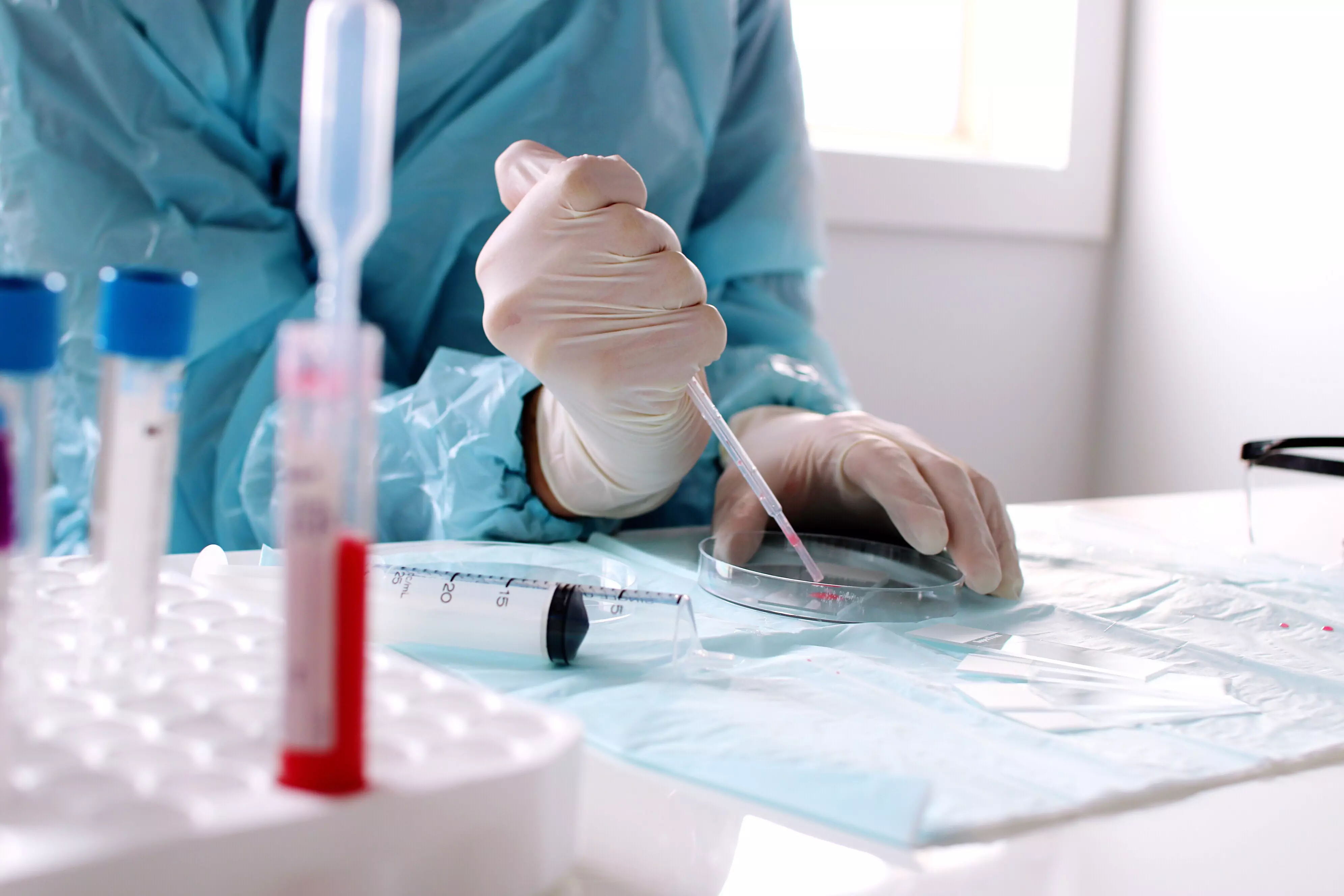Methods used to diagnose avian influenza
Diagnosing bird flu
Nowadays, the threat of avian influenza is becoming more and more real. Therefore, it is necessary to effectively diagnose this disease in order to respond as soon as possible and limit its spread. In this article, we will introduce the most important methods of diagnosing avian influenza and what their advantages and limitations are.
Sampling
The first step in diagnosing avian influenza is to collect samples from sick birds. This can be done by isolating the bird and taking swabs from the nose or throat. In the case of dead birds, tissue samples such as liver or lungs can be collected. These samples are then sent to a laboratory for further analysis.
Sampling is crucial for rapid and effective diagnosis of avian influenza. This allows the presence of the virus and its strain to be identified, so that appropriate action can be taken to prevent further spread of the disease.
Laboratory tests
The samples collected are then subjected to various laboratory tests to identify the avian influenza virus. The most commonly used method is the PCR (polymerase chain reaction) test, which allows detection of the presence of genetic material of the virus. Test results can be obtained within hours, allowing a quick response if the virus is confirmed.
Laboratory tests are extremely precise and accurate in diagnosing avian influenza. They allow not only to determine the presence of the virus, but also to determine its type and strain. With this information, appropriate action can be taken to limit further spread of the disease.
Clinical observation
Clinical observation of sick birds also plays an important role in diagnosing avian influenza. If unusual behavior is observed, symptoms such as difficulty breathing, weakness or loss of appetite, a veterinarian should be consulted as soon as possible. A specialist can perform a clinical examination and assess the bird's condition.
Clinical observation is an important adjunct to laboratory tests in diagnosing avian influenza. Often, clinical signs can be an early sign of the virus, especially if present in the bird population. Therefore, it is important to monitor the health and behavior of birds for early detection of potential infection.
Summary
Diagnosing avian influenza is an extremely important process to respond quickly and effectively to the presence of the virus. Sampling, laboratory testing and clinical observation are key methods to identify the presence of the virus, determine its type and take appropriate action to prevent further spread.
Ultimately, diagnosing avian influenza requires cooperation between veterinarians, laboratories and bird breeders, as only through appropriate action can the health risks to both birds and humans be effectively minimized.